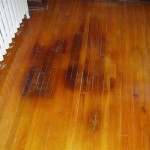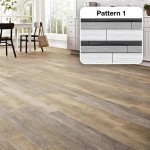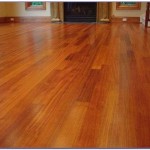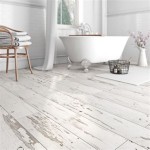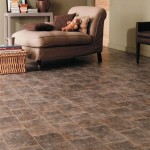Water damage can be a costly and time-consuming repair for any type of flooring, but it can be especially damaging to laminate flooring. Laminate flooring is a popular choice for homeowners because it’s a cost-effective and low-maintenance option. However, laminate is not impervious to water damage.
What is Laminate Flooring?
Laminate flooring is a type of flooring made of several layers of materials and is designed to look like hardwood or stone. It is composed of a wear layer, a decorative layer, and a core layer. The wear layer is the top layer, and it is designed to protect the flooring from dirt and other wear and tear. The decorative layer is the middle layer, and it is designed to give the flooring its look. The core layer is the bottom layer, and it is designed to provide stability and durability to the flooring.
What Causes Water Damage to Laminate Flooring?
The most common cause of water damage to laminate flooring is flooding. Flooding can occur from a variety of sources, including heavy rains, broken pipes, and overflowing washing machines. Other causes of water damage to laminate flooring include spills, leaky appliances, and moisture buildup.
Signs of Water Damage to Laminate Flooring
When water damage occurs to laminate flooring, it’s important to identify the signs so you can get the problem addressed and corrected quickly. Common signs of water damage to laminate flooring include:
- Discoloration of the flooring
- Warping of the flooring
- Bubbling and peeling of the flooring
- Swelling and buckling of the flooring
- Musty odors
- Mold and mildew growth
How to Repair Water Damaged Laminate Flooring
If you notice any of these signs of water damage to your laminate flooring, it’s important to take action quickly. The first step is to identify the source of the water and stop any further water damage. Once the source of the water is identified, the next step is to assess the damage and determine the extent of the repair needed. Depending on the extent of the damage, you may be able to do the repairs yourself or you may need to hire a professional.
DIY Repair for Water Damaged Laminate Flooring
If the damage to your laminate flooring is minor and localized, you may be able to do the repair yourself. The first step is to remove the affected planks and clean the area. After the area is clean, you can then use a laminate floor repair kit to make the necessary repairs. A repair kit typically includes an adhesive and replacement planks.
Professional Repair for Water Damaged Laminate Flooring
If the damage is more widespread or severe, it’s best to hire a professional flooring contractor to do the repairs. A professional contractor will be able to assess the damage and determine the best course of action. Depending on the extent of the damage, they may be able to repair the existing flooring or they may need to replace the entire floor. In either case, a professional contractor will be able to get your floor looking like new in no time.
Conclusion
Water damage can be a costly and time-consuming repair. It’s important to identify the signs of water damage to laminate flooring and take action quickly to prevent further damage. Depending on the extent of the damage, you may be able to do the repairs yourself or you may need to hire a professional. In either case, repairing water damaged laminate flooring is a necessary step in keeping your floors looking like new.













Related Posts



